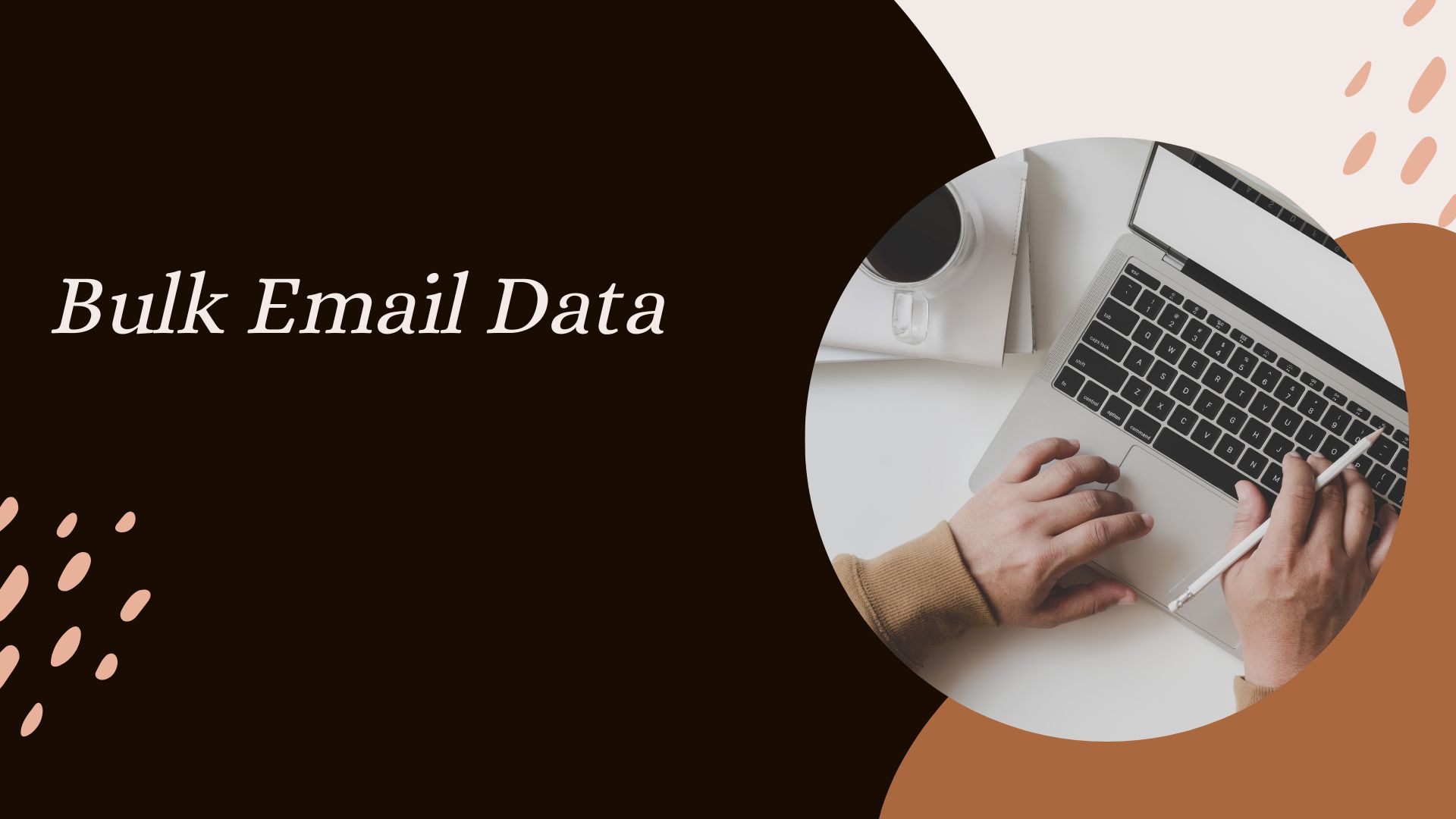|
阅读:297回复:0
The Significance of Email Timing
In the world of email marketing, timing is everything. The effectiveness of an email campaign can hinge on when an email is sent, influencing open rates, engagement, and conversions. Understanding the significance of email timing is crucial for marketers aiming to maximize their outreach efforts and achieve better results.
1. Optimizing Open Rates The timing of an email can significantly affect its open rates. Research consistently shows that certain days and times yield better results. For instance, emails sent on weekdays, particularly Tuesday through Thursday, typically see higher open rates than those sent over the weekend. Additionally, mid-morning (around 10 AM) and early afternoon (1 PM to 3 PM) are often the most effective times to reach recipients. By analyzing historical data and testing different sending times, marketers can identify the optimal moments to send their emails for maximum visibility. 2. Understanding Audience Behavior Different audiences have varying habits Bulk Email Data when it comes to checking their emails. For example, professionals may engage more during work hours, while younger demographics might prefer evenings or weekends. Understanding these patterns is essential for effective email timing. By segmenting your audience and analyzing their behavior, you can tailor your email campaigns to align with when they are most likely to engage, increasing the chances of your message being seen and acted upon. 3. Seasonal Relevance Seasonal events and holidays can also play a crucial role in email timing. For instance, sending promotional emails during holiday seasons can be highly effective, but the timing must be strategic. An email sent too early may be ignored, while one sent too late might miss the critical buying window. Furthermore, time-sensitive promotions, such as flash sales or limited-time offers, require precise timing to create urgency and prompt immediate action. Aligning your email campaigns with seasonal trends enhances their relevance and effectiveness. 4. Effective Follow-Up Strategies Timing is equally important for follow-up emails. If a subscriber engages with a specific email—such as making a purchase or clicking on a link—sending a follow-up message soon after can capitalize on their interest. Whether it’s a thank-you email, a request for feedback, or a reminder about an upcoming event, timely follow-ups can strengthen relationships and improve customer satisfaction. Delayed follow-ups, on the other hand, may lead to lost interest or missed opportunities. 5. A/B Testing for Optimal Timing To determine the best timing for your email campaigns, A/B testing can be an invaluable tool. By sending the same email to different segments of your audience at various times, you can analyze which timing yields the best results. This data-driven approach allows marketers to refine their strategies based on actual performance, ensuring continuous improvement in engagement rates. 6. Avoiding Inbox Overload In a landscape where consumers are inundated with emails, timing can help mitigate inbox overload. Sending too many emails in quick succession can lead to fatigue, resulting in increased unsubscribe rates. By carefully spacing out communications and choosing optimal times for sending them, marketers can maintain audience interest without overwhelming them. A balanced approach to email frequency contributes to a positive user experience. 7. Time Zone Considerations For businesses with a global audience, considering time zones is essential. Sending emails without accounting for the recipient's local time can lead to messages arriving at inconvenient hours, diminishing the likelihood of engagement. Utilizing email marketing platforms that allow for time zone-based scheduling ensures that your emails reach subscribers at the most appropriate times. Conclusion The significance of email timing is profound. From optimizing open rates and understanding audience behavior to leveraging seasonal relevance and implementing effective follow-up strategies, well-timed emails can greatly enhance marketing effectiveness. By analyzing data, testing different approaches, and being mindful of timing, marketers can craft campaigns that resonate with their audiences, driving engagement and achieving desired outcomes. In the competitive landscape of email marketing, mastering the art of timing is crucial for success. |
|


